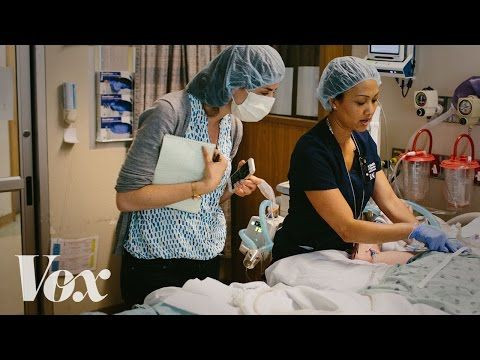Hospital-Acquired Infections, Including Line Infections, Plague Many Medical Centers

Seriously ill patients are vulnerable to health care-associated infections, which include central line-associated bloodstream infections, hospital-onset methicillin-resistant Staphylococcus aureus (MRSA), and hospital-onset Clostridium difficile infections. In recent years, national progress has been made in reducing many of these infections, the Centers for Disease Control and Prevention reports, however, risks remain at many medical centers throughout the country.
Often hospital patients, particularly those admitted to intensive care units, will require a central venous catheter. Commonly referred to as a “central line,” this long, flexible tube is placed in a large vein, either in the neck, chest, groin, or arm, so that a patient can receive fluids, blood, or medications quickly. In fact, because these catheters empty out directly in or near the heart, the drugs or blood will be delivered within seconds.
A central line is different from a standard IV in that it may remain in for weeks or months. Unfortunately, this is where danger lies for some patients. Though hospital staff use aseptic techniques — keeping everything as sterile as possible — a bloodstream infection may occur when bacteria or other germs travel down the line and enter the blood. Patients who develop a catheter-associated blood-stream infection may become sick with fevers and chills and in some cases, their skin surrounding the tube becomes red.
While these infections are treatable with antibiotics, patients with line infections, in the very worst case scenario, might become septic. Between 12 percent and a quarter of patients who acquire a central line infection die, according to the World Health Organization, while many other patients will be forced to remain in the hospital for additional treatment at added cost. In fact, WHO reports central venous catheters cause an estimated 250,000 bloodstream infections in American hospitals annually, resulting in up to 62,000 deaths.
This video, courtesy of Vox and YouTube, discusses the dangers of line infections as well as all hospital-acquired infections, while highlighting the attitudes and measures adopted by hospitals and their staff to prevent these serious health dangers.



























